Few things will ruin a small-boat trip faster than trailer drama, and no component of a trailer is as likely to fail as its electrical lighting system. Conventional trailer lights have it hard: they are often cheaply made and poorly wired; they are subject to the indignity of regular dunking; and they rely on the metal of the trailer and its oft-corroded bolts for their ground connection. By building an LED light bar you can ensure that the lights are properly wired, reliably grounded, and never dunked. Because of their position high up at the extreme rear end of your trailed load they are also much more visible to other drivers. Assembly parts for a custom light bar: an LED trailer light kit, a wooden bar, a length of brass rod, a four-wire cable, some heat-shrink butt connectors, and various fastenings; the only things missing are the split sleeving and wire ties with which to attach the cables to the bar.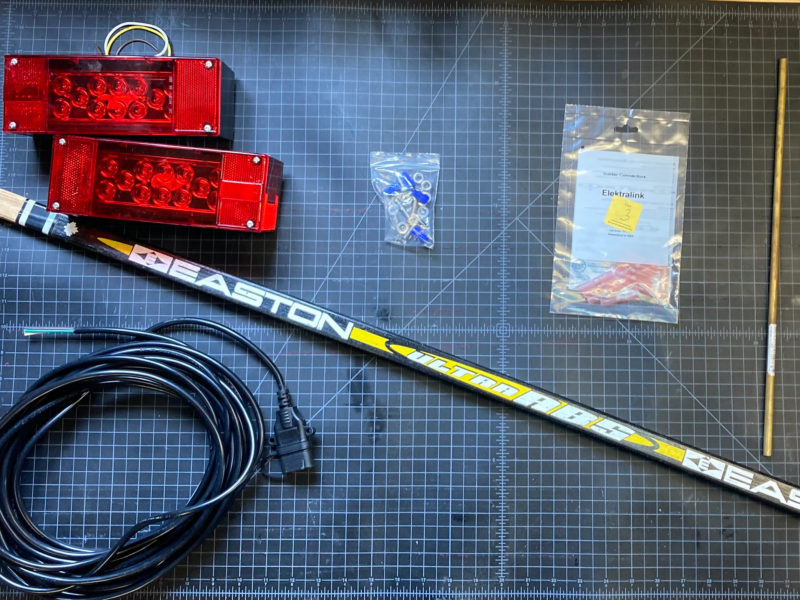 Photographs by the author
Photographs by the author
Join The Conversation
We welcome your comments about this article. To include a photo with your remarks, click Choose File below the Comment box.

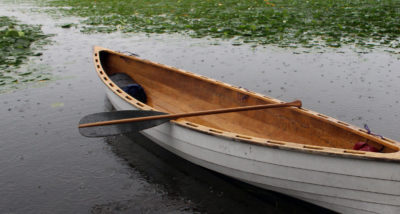
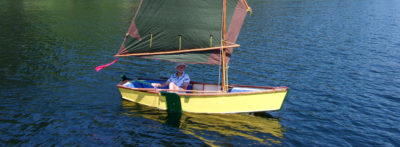
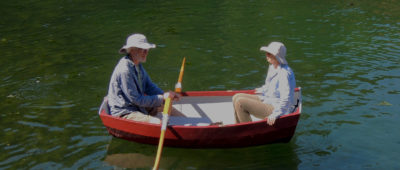
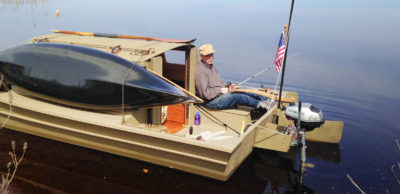




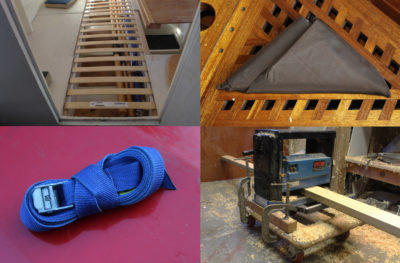
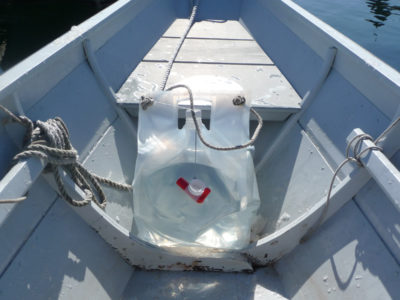

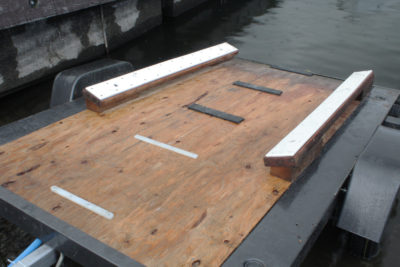
Hi James,
Looks great. I wound up with something similar, but bought separate pieces as I did not know of the kits. Also I used underground-rated wire nuts instead of solder splices. The solder ones should be best, but mine have no failures in 12 years of use and may be easier to install if a heat gun was not available.
Wood hockey sticks, especially the laminated ones, are not waterproof. If you use one, varnish it well or epoxy-coat it first or it will not last more than a season or two. Better to start with an aluminum or carbon-fiber stick. All are the same price at your local hockey rink: free.
I use light bars on all my boat trailers for a couple of reasons. 1. Squirrels constantly chew any wires they can find. 2. I think regular immersion of lights hastens their demise. 3. A light bar gets my lights up higher and closer to the stern of the boat, where they are more visible. I use a 2×2 for the bar, long enough to lay across the gunwales of various boats and can be used across the rear of the trailer, if moving without a boat.